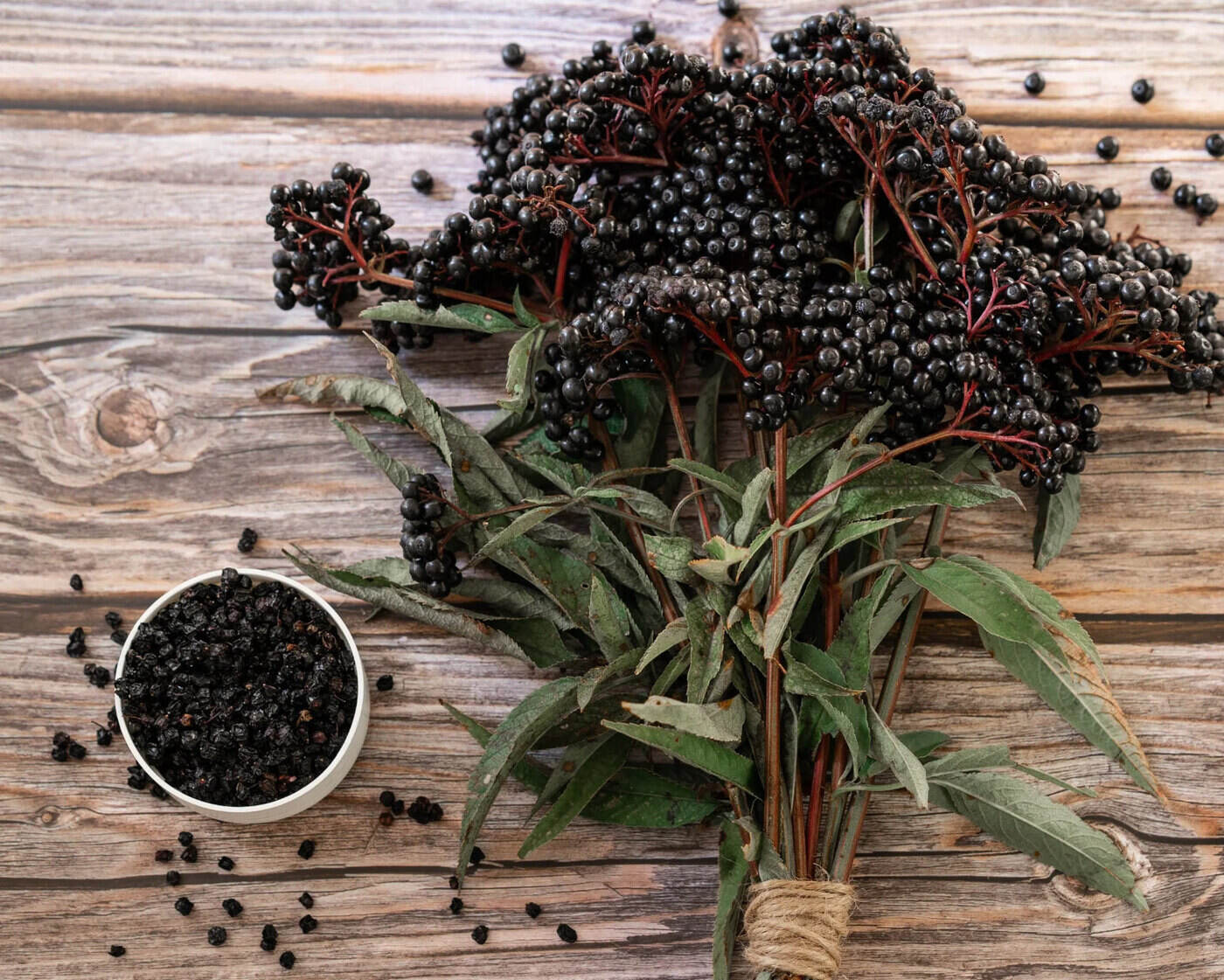

Articles
How To Store Dried Elderberries
Modified: January 6, 2024
Learn how to properly store dried elderberries in this helpful articles. Find the best tips and techniques to preserve their freshness and potency.
(Many of the links in this article redirect to a specific reviewed product. Your purchase of these products through affiliate links helps to generate commission for Storables.com, at no extra cost. Learn more)
Introduction
Welcome to our comprehensive guide on how to store dried elderberries! Whether you have harvested them from your garden or purchased them from a store, proper storage is essential to maintain the flavor, freshness, and nutritional value of these versatile berries. Dried elderberries are a popular ingredient in various culinary creations, including jams, syrups, teas, and even wines. To fully enjoy their benefits, it is crucial to store them correctly.
Dried elderberries, also known as Sambucus, are rich in antioxidants, vitamins, and minerals. They have been traditionally used for their immune-boosting properties and are known for their potential anti-inflammatory effects. With their distinct tangy flavor and deep purple color, dried elderberries can enhance both sweet and savory dishes.
Proper storage not only extends the shelf life of dried elderberries but also safeguards their quality. Exposure to light, air, heat, and moisture can lead to flavor loss, decreased potency, and even spoilage. In this guide, we will explore the factors that affect the shelf life of dried elderberries and provide you with practical tips on how to store them to ensure their long-lasting freshness.
So, whether you are a culinary enthusiast or a health-conscious individual, let’s dive into the world of dried elderberries and master the art of proper storage!
Key Takeaways:
- Proper storage of dried elderberries is essential to maintain their flavor, freshness, and nutritional value. Factors such as moisture, light, air, temperature, and container choice all play a role in determining the longevity of dried elderberries.
- When using stored dried elderberries, inspect them for mold or spoilage before incorporating them into your recipes. Rehydrate them if desired, adjust quantities based on taste preferences, and store unused portions properly to maximize their longevity.
Read more: How To Store Elderberries
Importance of Proper Storage for Dried Elderberries
Proper storage is crucial for maintaining the quality and flavor of dried elderberries. When stored correctly, these dried berries can retain their nutritional value and taste for an extended period. Here’s why proper storage is important:
- Prolongs Shelf Life: Dried elderberries have a relatively long shelf life when stored properly. By protecting them from factors that can cause spoilage, such as moisture and heat, you can ensure that they stay fresh and usable for an extended period.
- Preserves Flavor: Dried elderberries have a unique, tangy flavor that adds depth to various recipes. When exposed to air, moisture, or light, the berries can lose their flavor and become bland. Storing them properly helps retain their delightful taste.
- Maintains Nutritional Value: Dried elderberries are packed with beneficial antioxidants, vitamins, and minerals. These compounds can be sensitive to improper storage conditions. By keeping the berries in the right environment, you can preserve their nutritional content.
- Prevents Spoilage: Improper storage can lead to spoilage, which can not only affect the taste and texture of the dried elderberries but also pose health risks. Mold, pests, and bacteria can thrive in improper storage conditions, rendering the berries unfit for consumption.
By understanding the importance of proper storage for dried elderberries, you can ensure that you make the most of these delicious and nutritious berries. In the following sections, we will delve into the factors that can affect the shelf life of dried elderberries and provide you with practical tips on how to store them effectively.
Factors Affecting the Shelf Life of Dried Elderberries
Several factors can influence the shelf life of dried elderberries. By understanding these factors, you can take appropriate measures to prolong the freshness and quality of your dried elderberries. Here are the key factors to consider:
- Moisture: Moisture is one of the main enemies of dried elderberries. Excessive humidity can lead to mold growth, spoilage, and a shorter shelf life. It is crucial to store dried elderberries in a dry environment to prevent moisture absorption and the onset of microbial activity.
- Light: Exposure to light can cause the degradation of essential nutrients in dried elderberries. Sunlight and artificial light sources emit ultraviolet rays that break down vitamins and antioxidants. To protect the nutritional value of dried elderberries, store them in a dark and opaque container.
- Air: Oxygen can cause oxidation, which accelerates the degradation of dried elderberries. Exposure to air can result in flavor loss and a decline in nutritional content. It is advisable to store dried elderberries in airtight containers to minimize air exposure.
- Temperature: Temperature plays a crucial role in maintaining the quality of dried elderberries. High temperatures accelerate enzymatic activities, leading to flavor deterioration and nutrient degradation. It is best to store dried elderberries in a cool and dry place, away from heat sources.
- Container Quality: The choice of storage container can significantly impact the shelf life of dried elderberries. Opt for air-tight containers made of materials that do not release harmful chemicals or absorb moisture. Vacuum-sealed bags or glass jars with tight-fitting lids are excellent options.
By considering these factors and taking appropriate precautions, you can extend the shelf life of dried elderberries and ensure that they remain fresh, flavorful, and nutritious. In the following sections, we will provide you with practical tips on storing dried elderberries to maximize their longevity.
Tips for Storing Dried Elderberries
To ensure the long-lasting freshness and quality of your dried elderberries, follow these helpful tips for proper storage:
- Choose high-quality dried elderberries: Start with fresh, high-quality dried elderberries that are free from mold or any signs of spoilage. Quality berries will retain their flavor and nutritional value for a longer period.
- Store in an airtight container: Transfer the dried elderberries to an airtight container to protect them from air exposure. Use glass jars with tight-fitting lids or vacuum-sealed bags to maintain freshness.
- Keep away from light: Store the container of dried elderberries in a dark place, away from direct sunlight or artificial light sources. Light can degrade the nutrients and flavors of the berries.
- Ensure a cool and dry environment: Dried elderberries thrive in cool, dry conditions. Avoid storing them in areas that are prone to temperature fluctuations, such as near stoves or windows. Optimal storage temperature is around 50-70 degrees Fahrenheit (10-21 degrees Celsius).
- Avoid exposure to moisture: Moisture is the enemy of dried elderberries. Keep them away from humid environments, such as the kitchen sink or refrigerator. Moisture can lead to mold growth and spoilage.
- Label and date the container: Properly label the container with the date of storage. This will help you keep track of the freshness and ensure that you use the oldest berries first.
- Store in small quantities: Consider dividing your dried elderberries into smaller portions before storing them. This will minimize air exposure each time you open the container, preserving the remaining berries.
- Avoid temperature fluctuations: Fluctuating temperatures can accelerate the degradation of dried elderberries. Avoid placing them in areas that experience temperature changes, such as near vents or appliances that generate heat.
- Check for signs of spoilage: Regularly inspect your stored dried elderberries for any signs of mold, discoloration, or off-putting odors. If you notice any of these signs, discard the berries immediately.
By following these tips, you can maintain the freshness, flavor, and nutritional value of your dried elderberries for a longer period, ensuring that they are ready to be used in your favorite recipes whenever you need them.
Recommended Storage Containers for Dried Elderberries
Choosing the right storage container is crucial for preserving the quality and freshness of your dried elderberries. Here are some recommended storage containers:
- Glass Jars: Glass jars with tight-fitting lids are an excellent option for storing dried elderberries. They are non-reactive, do not release harmful chemicals, and provide airtight seal. Look for jars with dark-colored glass to protect the berries from light exposure.
- Vacuum-Sealed Bags: Vacuum-sealed bags are another effective option for storing dried elderberries. These bags remove all the air from the packaging, preventing oxidation and prolonging the shelf life of the berries. Ensure that the bags are food-grade and resealable.
- Plastic or Silicone Containers: If using plastic or silicone containers, opt for ones that are BPA-free and have airtight seals. These containers provide good moisture resistance and keep the dried elderberries protected from air exposure.
- Tins or Metal Cans: Metal containers, such as tins or cans, can effectively shield dried elderberries from light and moisture. Choose food-grade options that have secure lids and provide a tight seal.
- Mason Jars: Mason jars, with their iconic screw-on lids, are a popular choice for storing dried ingredients. They are sturdy, easy to clean, and provide airtight storage. Choose jars with wide mouths for easy access to the dried elderberries.
Regardless of the container you choose, make sure it is clean and dry before storing the dried elderberries. Avoid using containers that have previously held strongly scented items, as the aroma can transfer to the berries.
Remember to label the storage containers with the date of storage to ensure that you use the oldest dried elderberries first. This helps in maintaining freshness and avoids any wastage.
By selecting the proper storage container, you can safeguard the flavor, aroma, and nutritional benefits of your dried elderberries, allowing you to enjoy their deliciousness for a longer period.
Store dried elderberries in an airtight container in a cool, dark place to maintain their freshness and potency. Avoid exposing them to light, heat, or moisture to prolong their shelf life.
Read more: How To Store Elderberry Syrup
Proper Storage Location for Dried Elderberries
The storage location for your dried elderberries plays a crucial role in maintaining their freshness and quality. Here are some key considerations for choosing the right storage location:
- Avoid Heat and Sunlight: Dried elderberries should be stored in a cool and dark place. Exposure to heat and sunlight can accelerate the degradation of their flavor and nutritional content. Avoid storing them near stoves, ovens, or windows where they may be exposed to direct sunlight or temperature fluctuations.
- Optimal Temperature: The ideal storage temperature for dried elderberries is around 50-70 degrees Fahrenheit (10-21 degrees Celsius). Avoid storing them in areas where the temperature exceeds this range, as high temperatures can lead to flavor loss and nutrient degradation.
- Avoid Humidity: Moisture is the enemy of dried elderberries. High humidity can lead to mold growth and spoilage. Choose a storage location that is dry and has low humidity levels. Avoid storing them in the kitchen near sinks or refrigerators, as these areas tend to be more humid.
- Away from Strong Odors: Dried elderberries can absorb strong odors from their surroundings. Store them away from strongly scented items, such as spices, onions, or cleaning products. This will help preserve their natural flavor and aroma.
- Dark Storage: Light exposure can degrade the nutrients and flavors of dried elderberries. Store them in a dark place, such as a pantry or cupboard. If using clear storage containers, consider wrapping them in opaque paper or storing them in a dark-colored bag to protect them from light.
It’s important to note that the storage location should also be easily accessible so you can conveniently use your dried elderberries when needed. Consider storing them in a place where they are within reach during your cooking or baking sessions.
By choosing the right storage location for your dried elderberries, you can maintain their quality, flavor, and nutritional benefits, ensuring that they stay fresh for an extended period of time.
Common Mistakes to Avoid when Storing Dried Elderberries
Proper storage is essential for maintaining the freshness and quality of dried elderberries. Avoiding common mistakes can help ensure that your dried elderberries stay flavorful and nutritious for an extended period. Here are some common mistakes to avoid when storing dried elderberries:
- Exposure to Air: One of the biggest mistakes is allowing dried elderberries to be exposed to air. Oxygen can lead to oxidation and the loss of flavors and nutrients. Always store dried elderberries in airtight containers to minimize air exposure.
- Improper Storage Containers: Using the wrong storage containers can negatively affect the shelf life of dried elderberries. Avoid containers that are not airtight or made of materials that can release harmful chemicals. Opt for glass jars, vacuum-sealed bags, or food-grade plastic or silicone containers with tight-fitting lids.
- Incorrect Storage Location: Storing dried elderberries in improper locations can lead to spoilage. Avoid storing them near sources of heat, sunlight, or strong odors. Find a cool, dark, and dry place, such as a pantry or cupboard, to ensure optimal storage conditions.
- Moisture Exposure: Moisture is the enemy of dried elderberries. Avoid storing them in humid environments or near areas with high moisture levels, such as the kitchen sink or refrigerator. Moisture can lead to mold growth and spoilage.
- Not Checking for Signs of Spoilage: It’s essential to regularly check your stored dried elderberries for any signs of mold, discoloration, or off-putting odors. If you notice any of these signs, discard the berries immediately to prevent contamination.
- Not Using the Oldest First: Dried elderberries have a relatively long shelf life, but they can still lose their flavor and potency over time. To prevent waste, use the oldest batch of dried elderberries first and rotate your stock accordingly.
- Not Properly Labeling and Dating: For effective storage management, it is crucial to label and date your containers. Proper labeling ensures that you use the oldest dried elderberries first and helps you keep track of their freshness and quality.
- Ignoring Temperature Fluctuations: Fluctuating temperatures can accelerate the degradation of dried elderberries. Avoid storing them in areas that experience temperature changes, such as near stoves or vents. Consistent temperature control is essential for maintaining their quality.
By avoiding these common mistakes and following proper storage practices, you can maximize the shelf life of your dried elderberries, keeping them fresh, flavorful, and ready to enhance your culinary creations.
Checking and Using Stored Dried Elderberries
When it comes to using your stored dried elderberries, it’s important to check their condition and employ proper techniques to ensure the best results. Here are some tips for checking and using your stored dried elderberries:
- Inspect for Mold or Spoilage: Before using your dried elderberries, carefully inspect them for any signs of mold, discoloration, or off-putting odors. If you notice any abnormalities, discard the berries immediately. Consuming moldy or spoiled berries can lead to health risks.
- Rehydrate if Desired: Dried elderberries can be enjoyed as they are, but if you prefer a softer texture or need to incorporate them into specific recipes, you can rehydrate them. Simply soak the dried elderberries in warm water or liquid of your choice (such as juice or wine) for about 15-20 minutes until they plump up. Drain and pat them dry before using.
- Use in Culinary Creations: Dried elderberries are a versatile ingredient that can be used in various culinary creations. They can add a unique tangy flavor and vibrant color to jams, syrups, pies, teas, and more. Experiment with different recipes and use them as a flavorful garnish or a delightful element in your dishes.
- Explore Elderberry Infusions: Dried elderberries are commonly used to make infusions and herbal teas. To prepare an elderberry infusion, simmer dried elderberries in water for about 15 minutes, strain, and enjoy. You can also combine them with other herbs and spices for added flavor and health benefits.
- Adjust Quantities in Recipes: When using dried elderberries in recipes, keep in mind that their flavor can be intense. Adjust the quantities based on your taste preferences and the specific recipe requirements. Experiment with different ratios to achieve the desired balance.
- Store Unused Portion Properly: If you have any unused dried elderberries after preparing your recipe, make sure to store them properly to maintain their freshness. Transfer them back to an airtight container and keep them in a cool, dark, and dry place. Remember to label and date the container for future reference.
By checking the condition of your stored dried elderberries and using them appropriately, you can enjoy their delightful flavor, vibrant color, and health benefits in a variety of culinary creations.
Always remember to handle dried elderberries with clean hands and store them properly after use to maximize their longevity. With proper storage and usage, you can make the most of your dried elderberries for many culinary delights to come.
Conclusion
Proper storage is crucial for maintaining the quality, flavor, and nutritional value of dried elderberries. By understanding the importance of proper storage and avoiding common mistakes, you can significantly extend their shelf life and ensure their freshness for months to come.
Factors such as moisture, light, air, temperature, and container choice all play a role in determining the longevity of dried elderberries. It is essential to store them in airtight containers, in a cool and dark location, away from heat and humidity. Regularly check for signs of spoilage and use the oldest berries first to prevent waste.
When using your stored dried elderberries, inspect them for mold or spoilage before incorporating them into your recipes. If desired, you can rehydrate them before use or explore different culinary creations that showcase their unique flavor and vibrant color. Adjust the quantities based on your taste preferences and the recipe requirements.
Remember to properly label and date your containers when storing dried elderberries to keep track of their freshness and usage. By following these guidelines, you can enjoy the full benefits of dried elderberries in your cooking, baking, and herbal preparations.
So, whether you are a culinary enthusiast or a health-conscious individual, make sure to store your dried elderberries properly to keep them fresh, flavorful, and ready to enhance your favorite dishes and drinks. Enjoy the tangy taste and the immune-boosting properties of these versatile dried berries!
Frequently Asked Questions about How To Store Dried Elderberries
Was this page helpful?
At Storables.com, we guarantee accurate and reliable information. Our content, validated by Expert Board Contributors, is crafted following stringent Editorial Policies. We're committed to providing you with well-researched, expert-backed insights for all your informational needs.
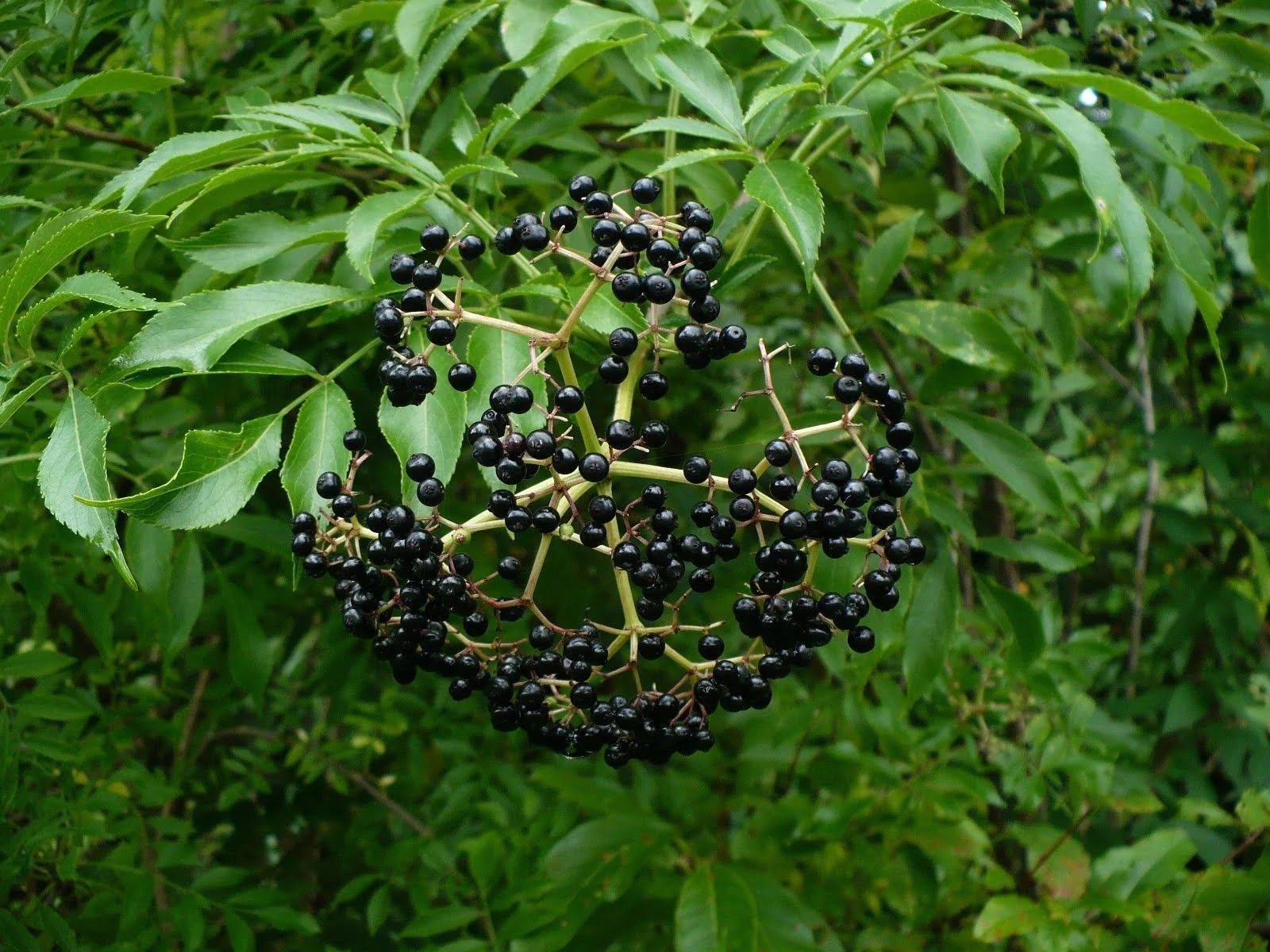

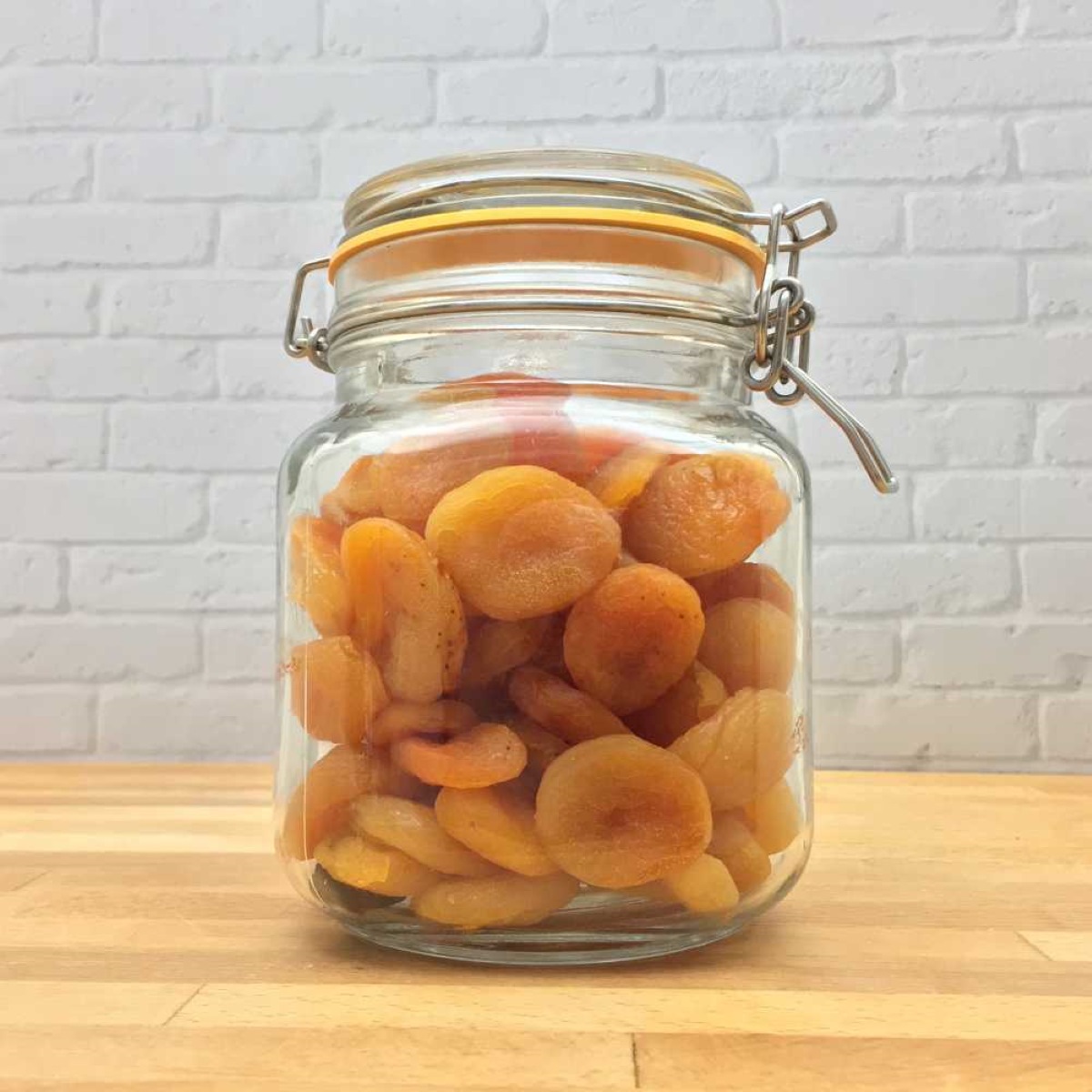
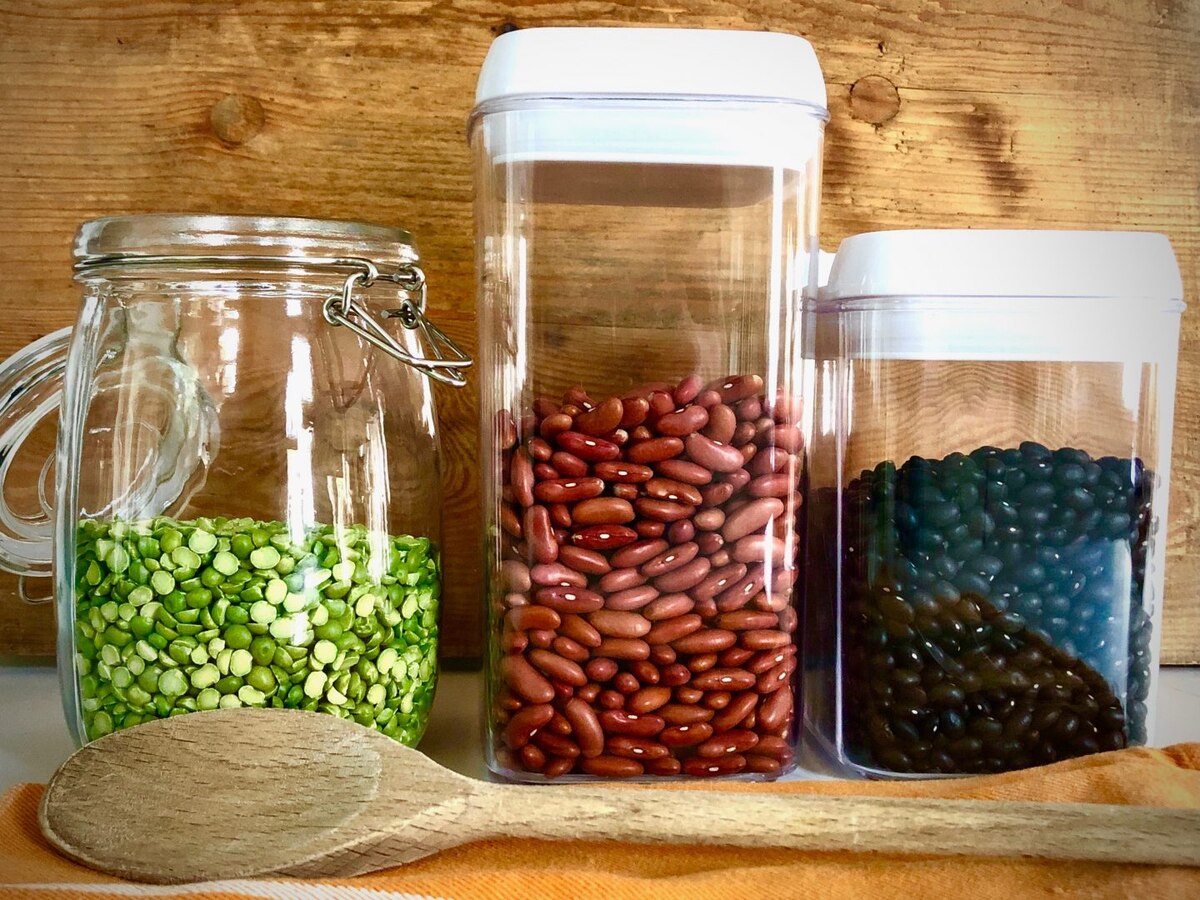
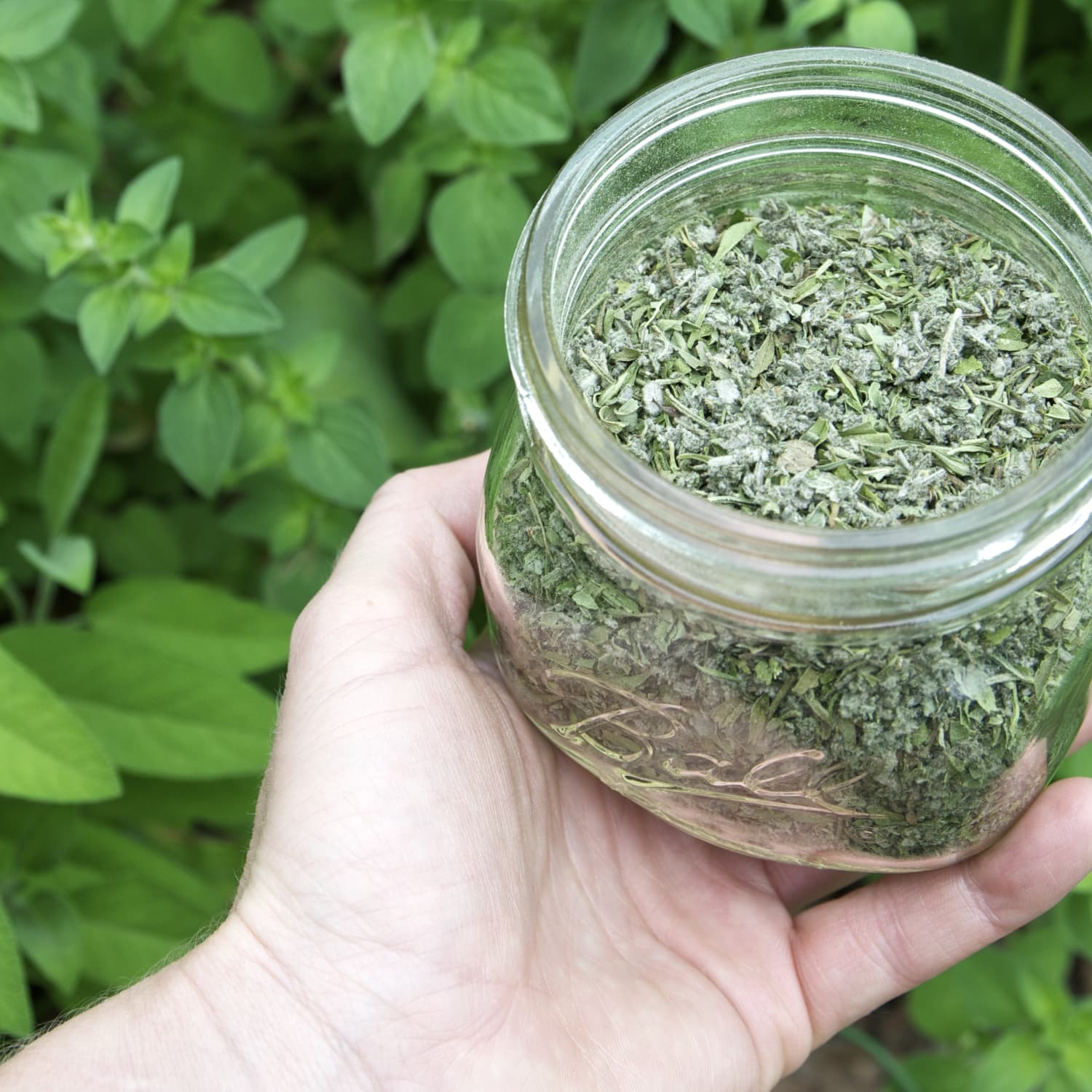
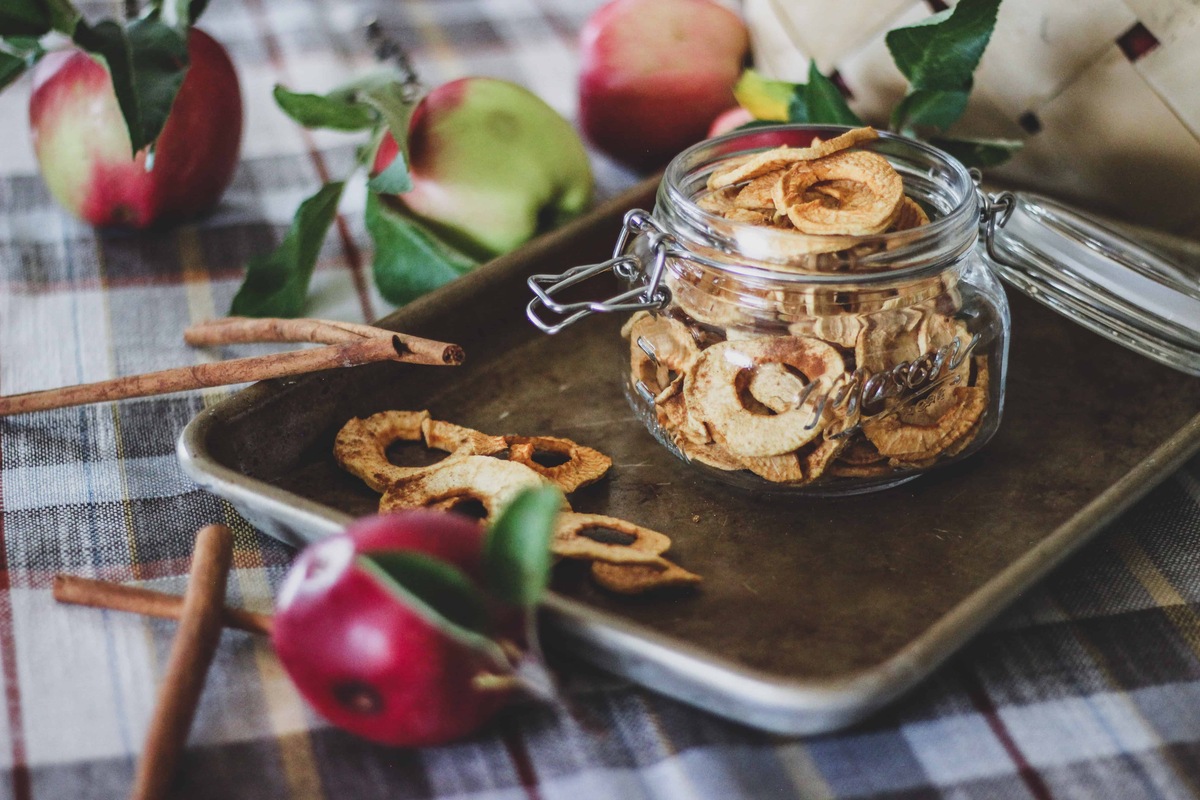
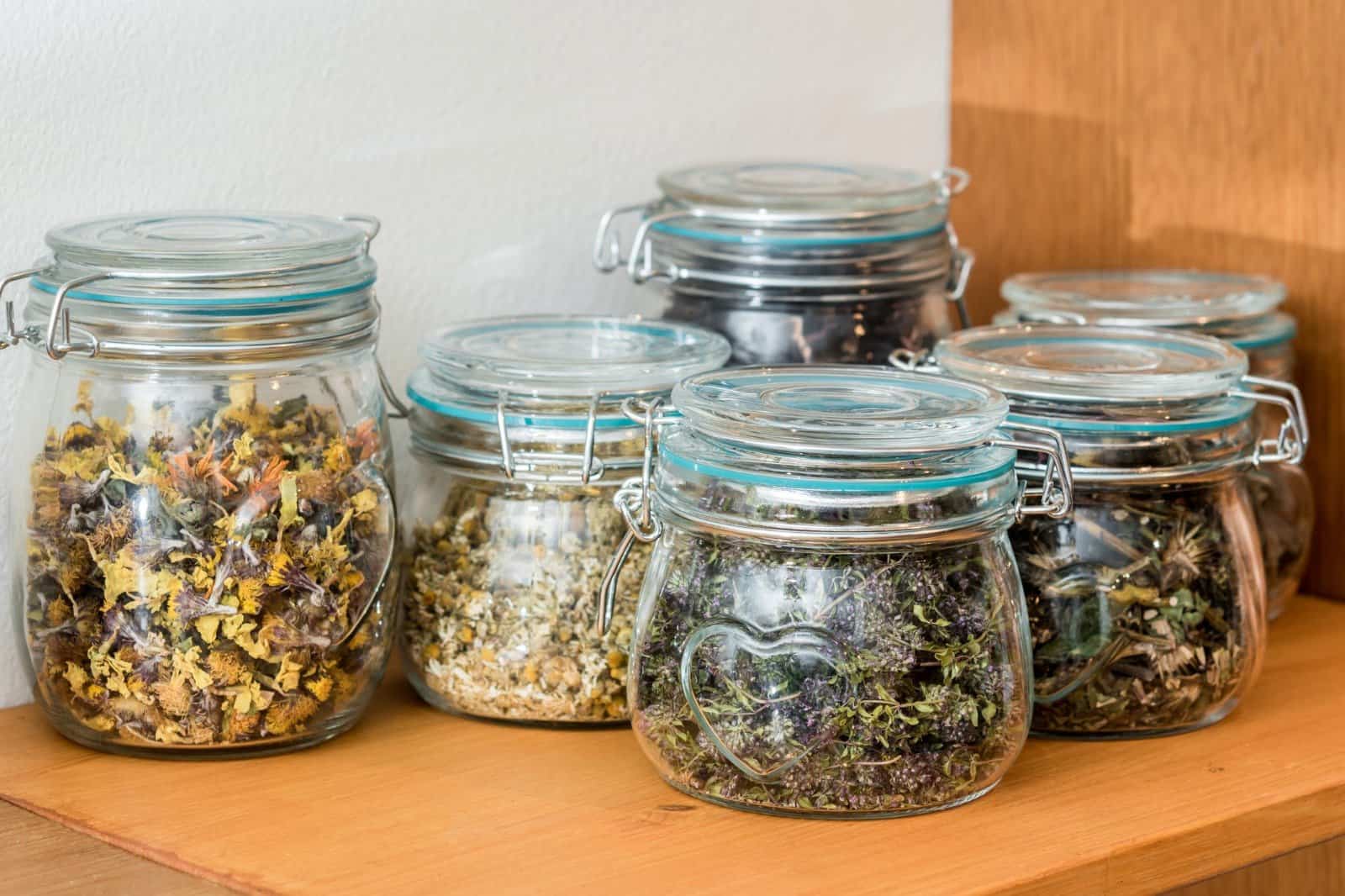
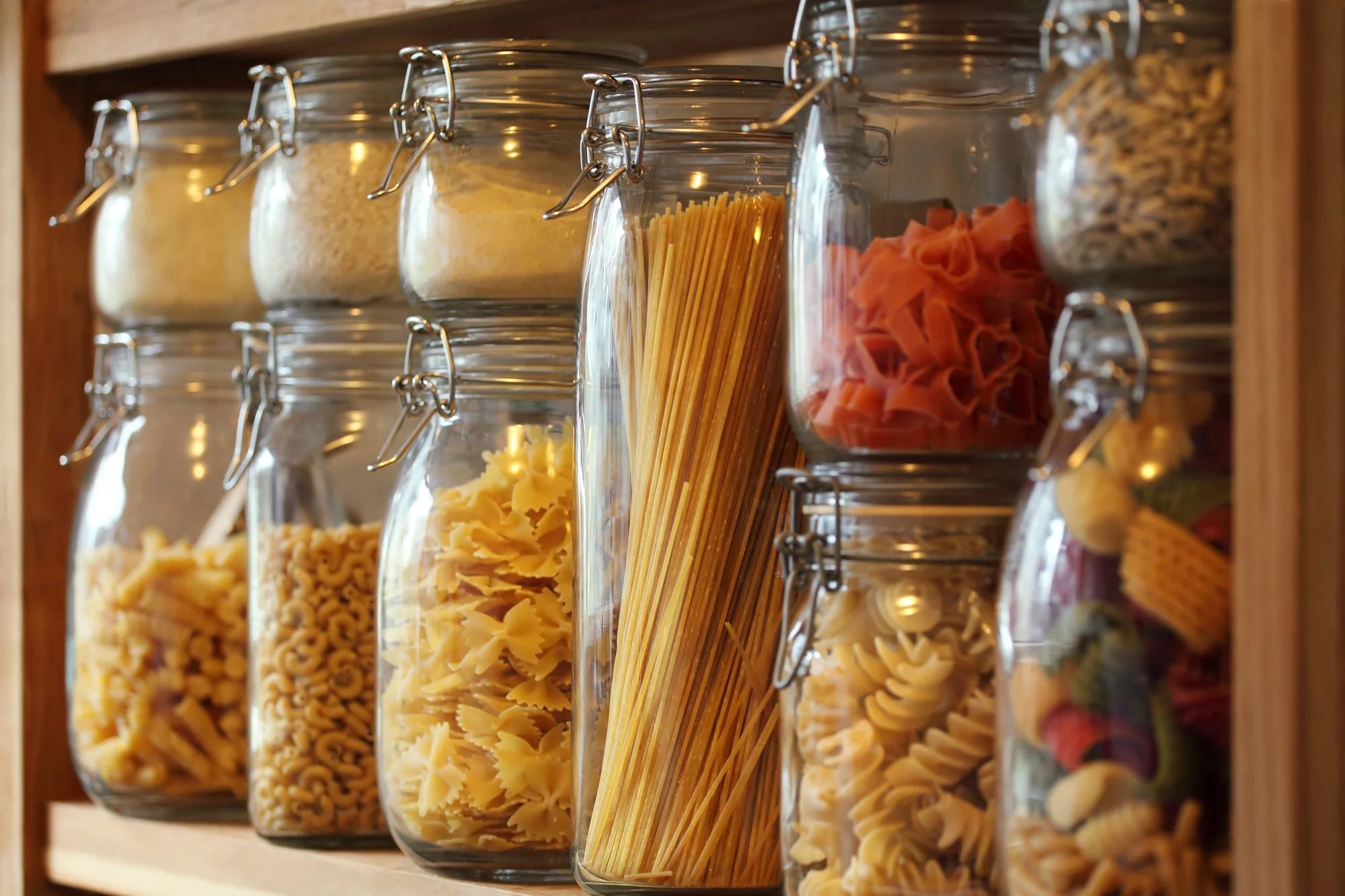
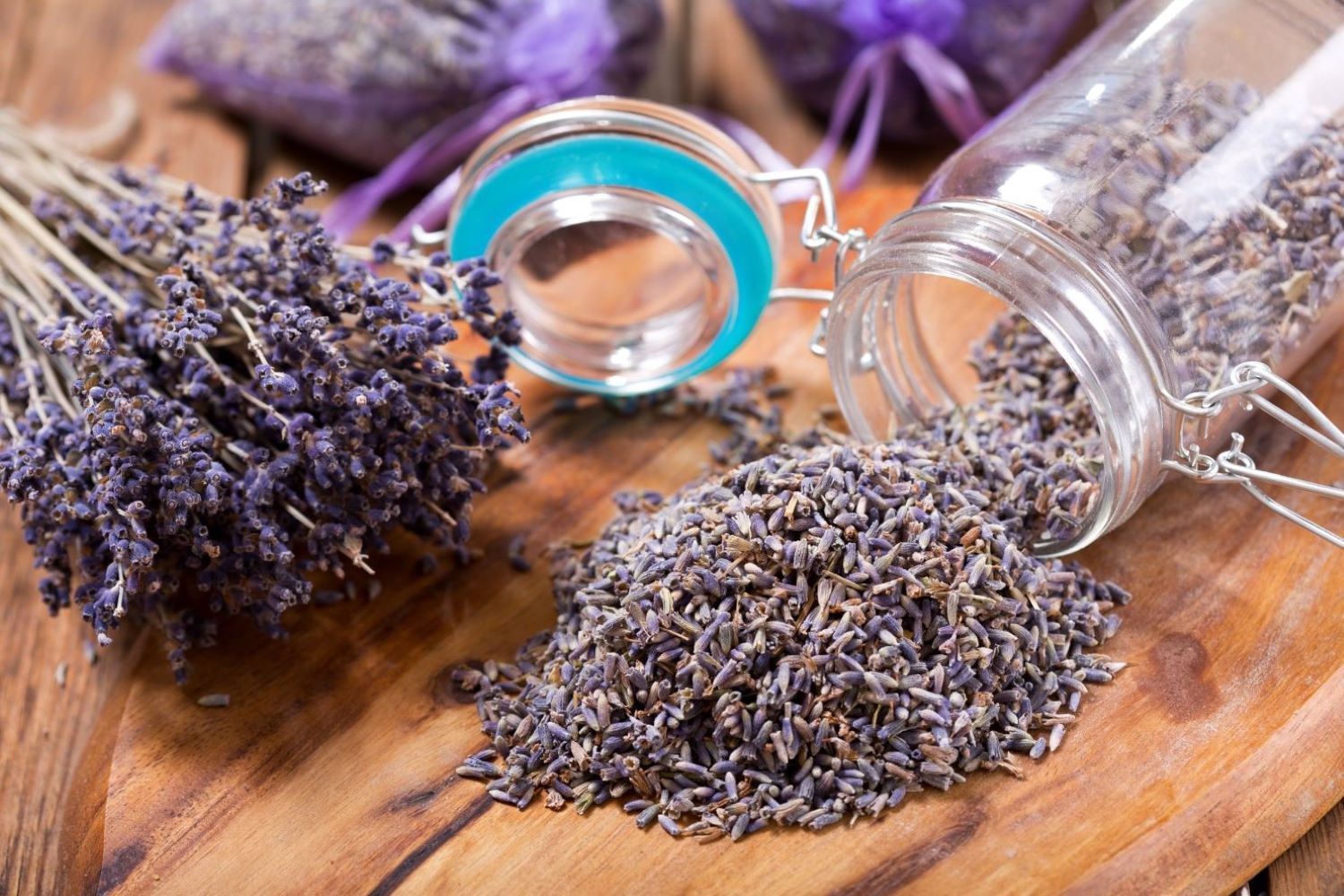
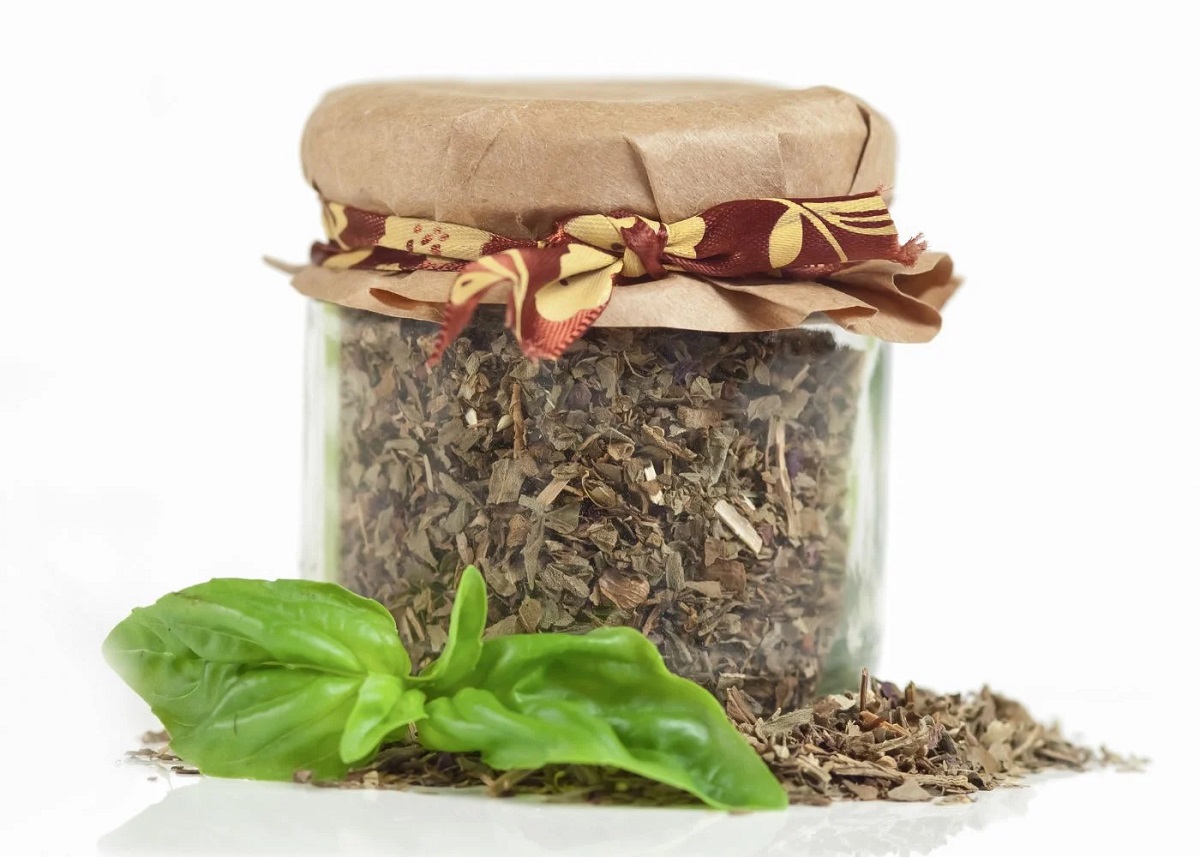
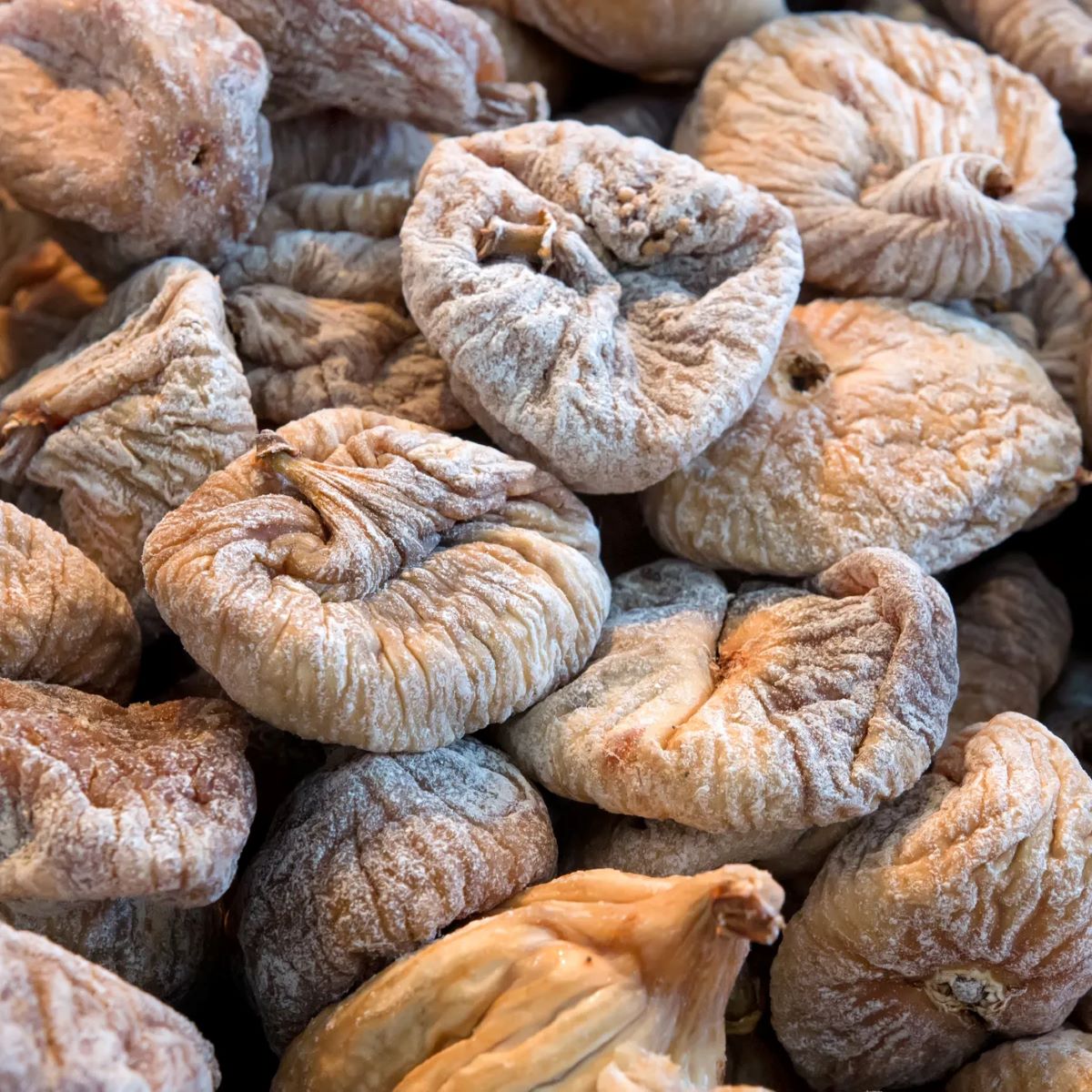
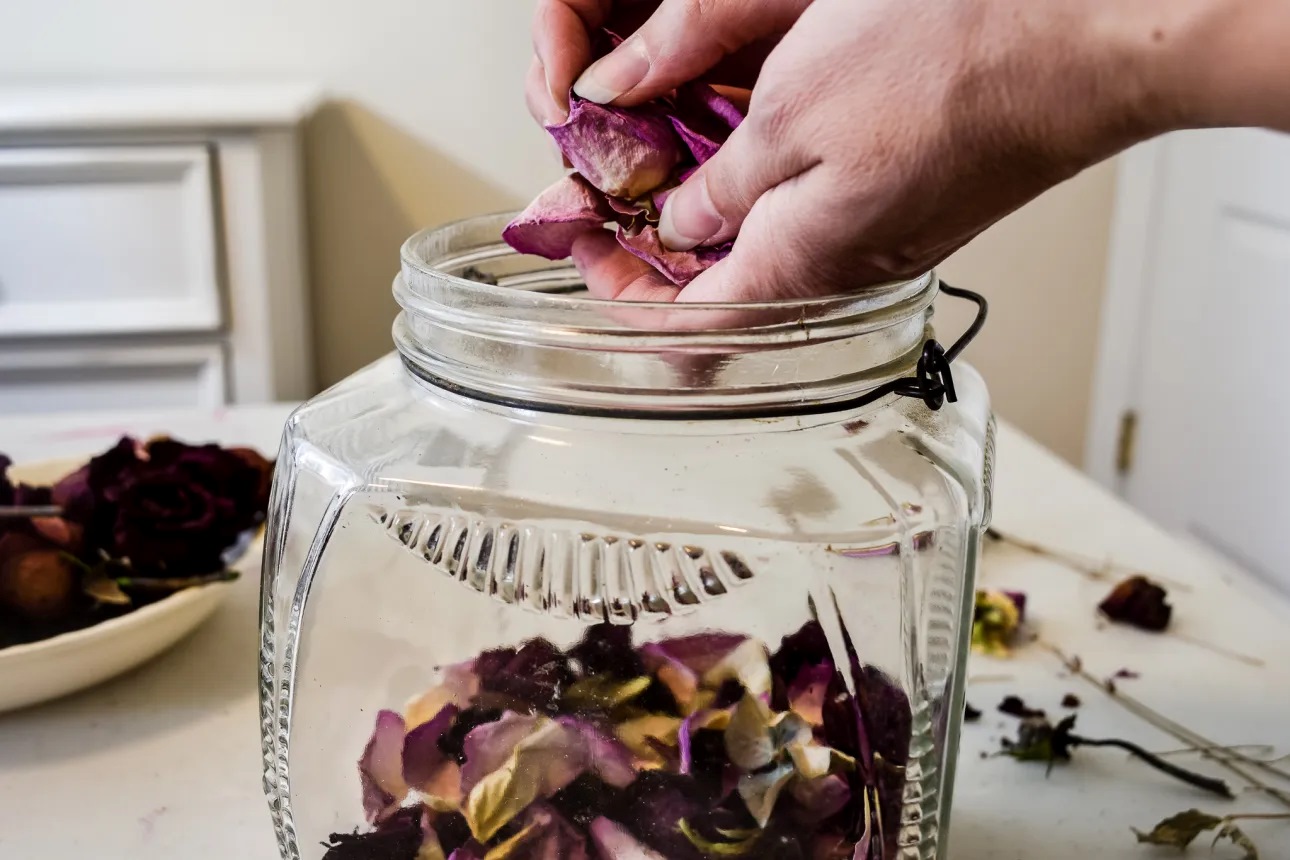
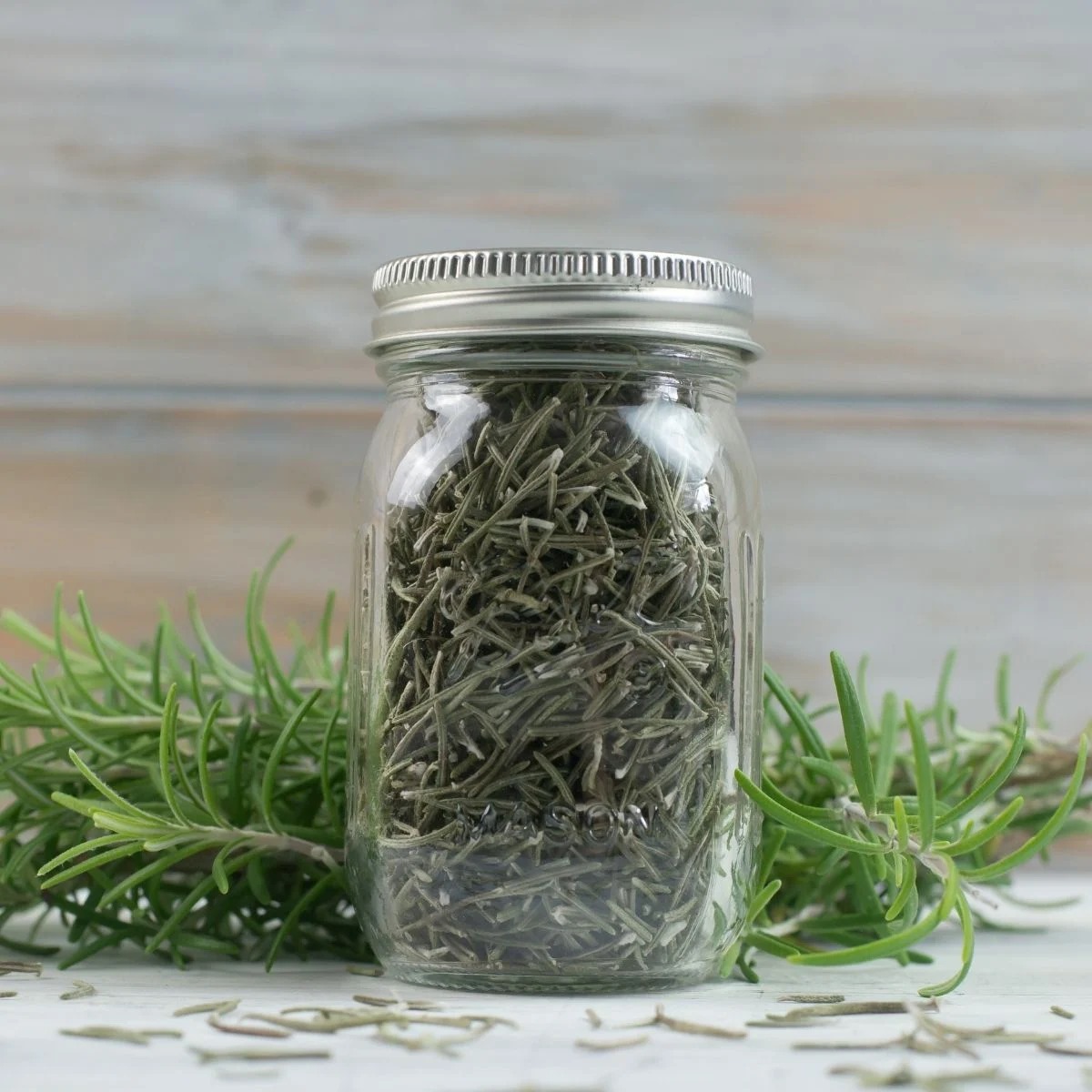
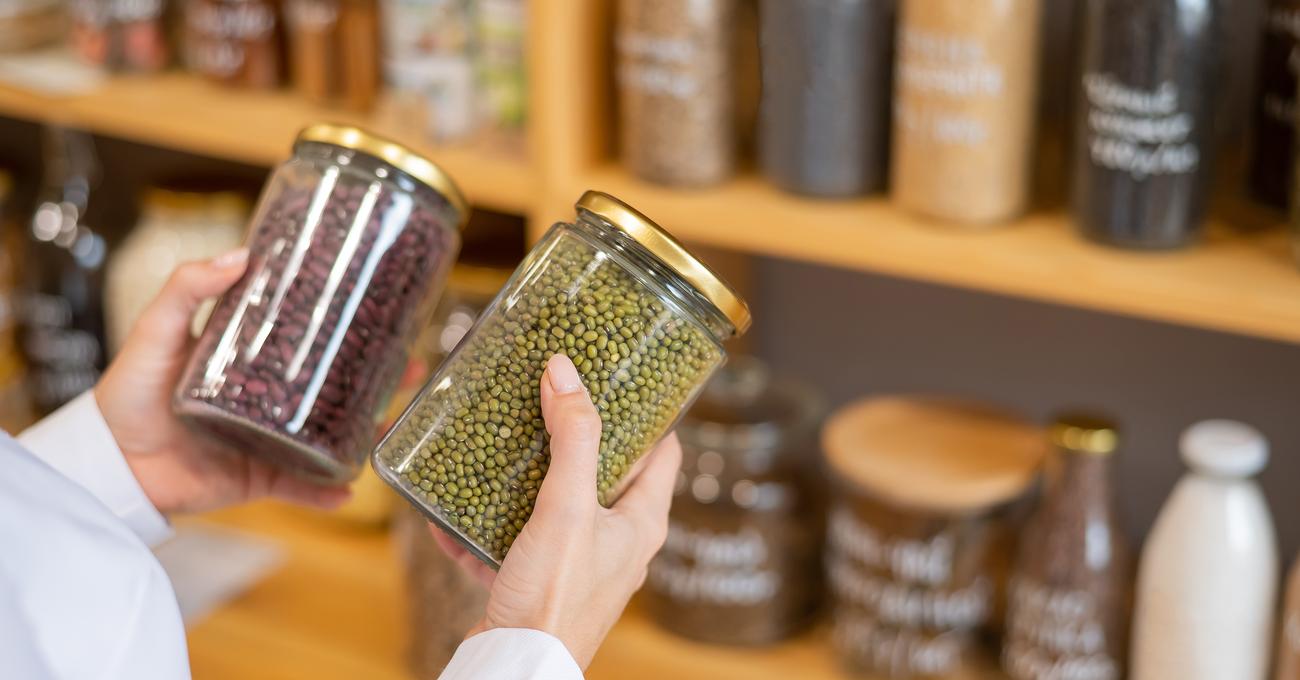

0 thoughts on “How To Store Dried Elderberries”